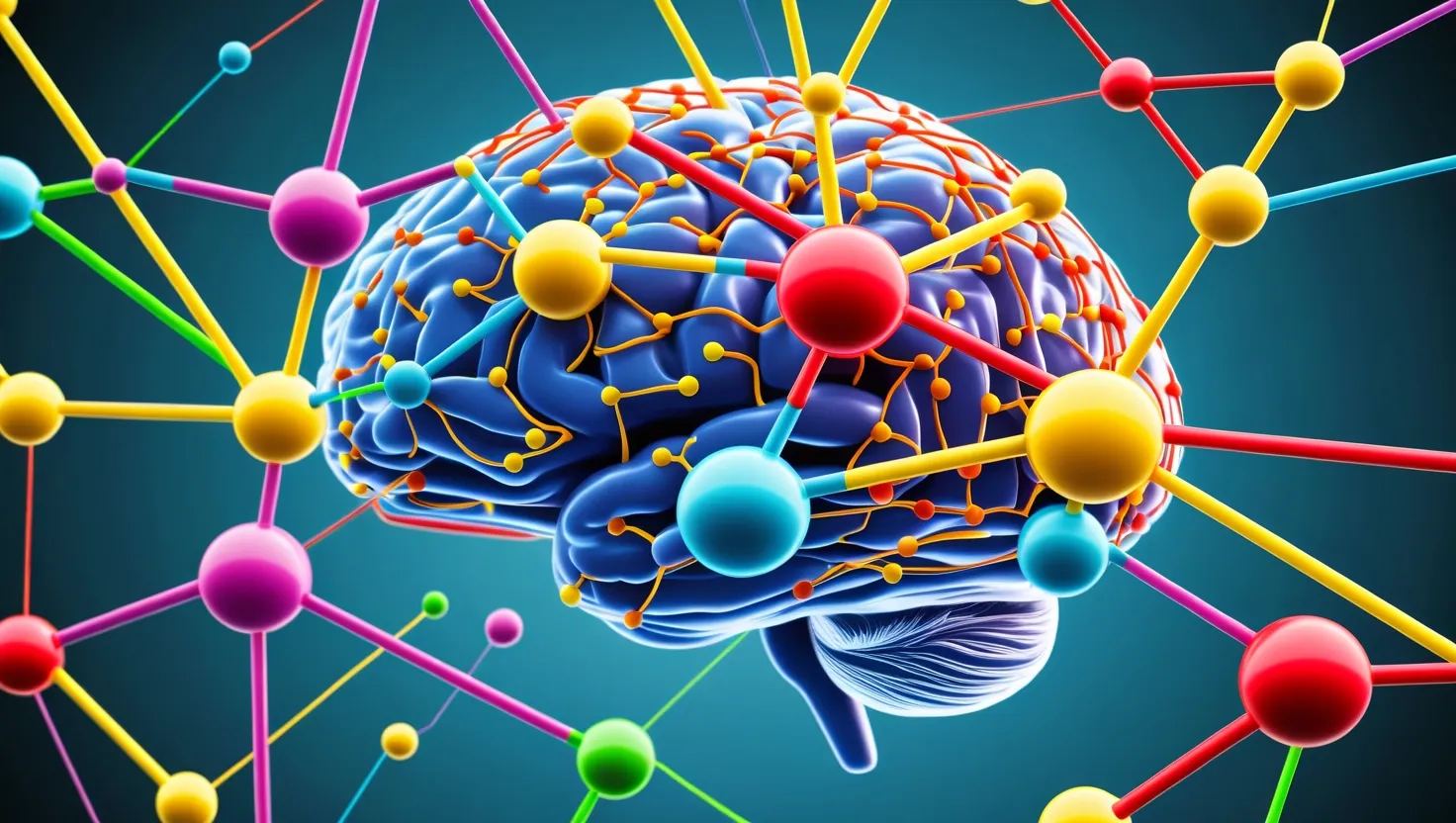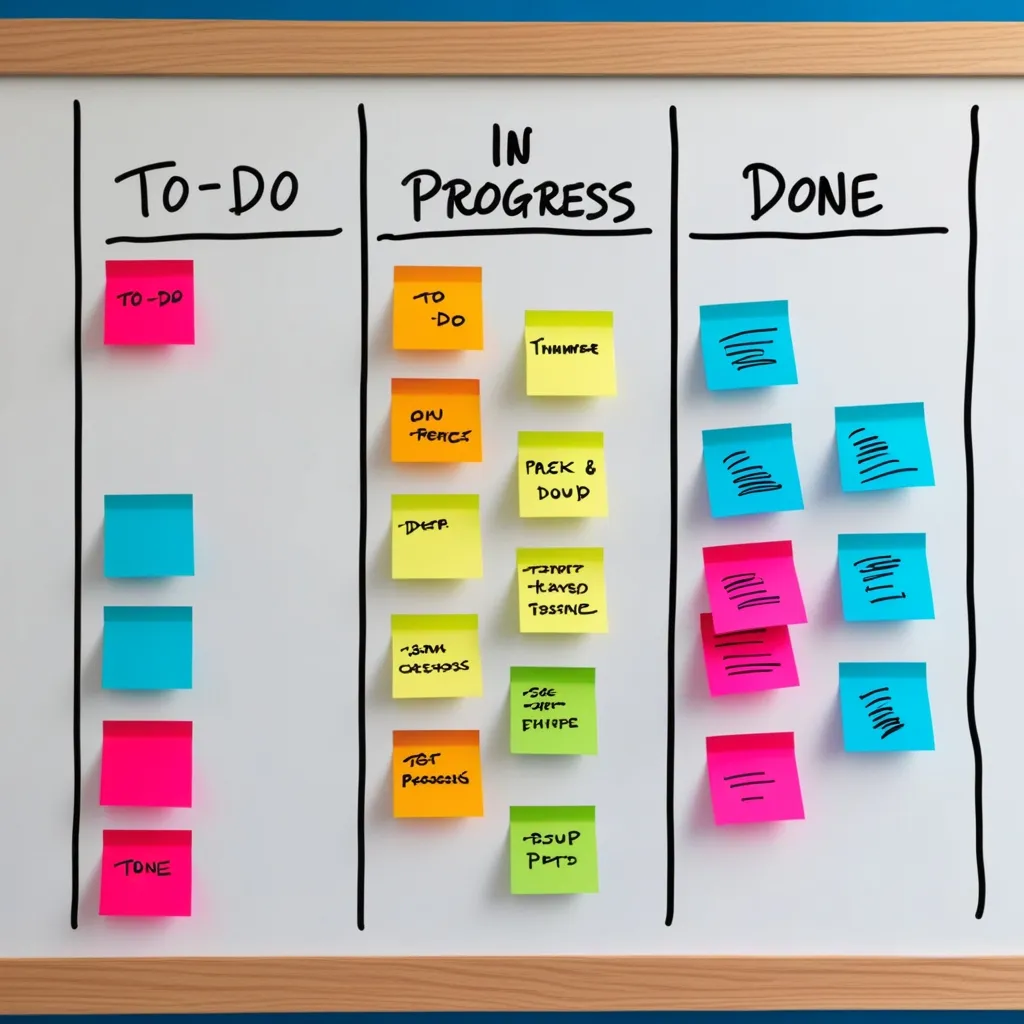Imagine a world where learning is not just about memorizing facts, but about actively sculpting your brain’s neural pathways. This concept, often referred to as synaptic scaffolding, transforms the way we absorb and connect new information, making learning a dynamic and engaging process.
Visualizing Knowledge as Physical Structures
When you visualize complex topics as physical structures in your mind, you are essentially building synaptic scaffolds. These mental constructs can take many forms. For instance, you might see mathematical concepts as interconnected bridges, each bridge representing a different equation or theorem. Historical events could be visualized as a sprawling city, where each building symbolizes a key moment or figure.
This approach turns abstract ideas into tangible mental images, making them easier to grasp and remember. It’s like constructing a mental map, where each new piece of knowledge finds its perfect place within your growing cognitive framework. This method leverages the brain’s natural ability to recognize patterns and spatial relationships, enhancing your ability to learn and recall information.
The Science Behind Synaptic Scaffolding
At the heart of synaptic scaffolding is the concept of synaptic plasticity – the brain’s ability to reorganize and strengthen connections between neurons based on new experiences. When you create mental structures, you are essentially guiding the formation of new synaptic connections. These connections are not random; they are directed by the specific patterns and relationships you visualize.
Research in neuroengineering has shown that designing neural circuits with pre-defined network architectures can mimic the natural structure of the brain. For example, studies have developed scaffolds using induced pluripotent stem cells (iPS cells) that integrate into the brain, forming tissue similar to the injured area. These scaffolds have asymmetric microchannels that promote unidirectional axonal growth, mimicking the natural connectivity of brain regions[1].
How Synaptic Scaffolding Works
When you engage in synaptic scaffolding, you are leveraging several key processes in the brain. One of these is synaptic consolidation, which involves the transition of information from short-term to long-term memory. This process is mediated by complex interactions between synaptic efficacy, tagging-related variables, and scaffolding variables. Essentially, your brain is creating a “write protection” mechanism that ensures the new information is securely stored and can be retrieved later[2].
Another crucial aspect is the role of molecular guides in forming these neural connections. Non-signaling glial cells can act as a scaffold, directing the growth of nerve fibers and their connections between specific types of neurons. This precision is critical for ensuring the reliability and specificity of communication among neurons[5].
Practical Applications
So, how can you apply this concept in your daily life? Let’s take learning a new language as an example. Instead of just memorizing vocabulary lists, you could visualize a city where each building represents a different word or phrase. The streets and alleys could symbolize grammatical rules and sentence structures. As you explore this mental city, you’re not just learning words; you’re building a comprehensive framework that makes the language more accessible and memorable.
In finance, understanding complex financial models can be daunting. However, by visualizing these models as intricate machines with interconnected gears and levers, you can better grasp how different components interact. Each gear could represent a different financial metric, and the levers could symbolize the variables that affect these metrics. This visualization helps in making complex financial concepts more tangible and easier to analyze.
Enhancing Cognitive Flexibility
Synaptic scaffolding also enhances cognitive flexibility – the ability to switch between different mental tasks and adapt to new information. By creating diverse mental structures, you are training your brain to recognize and connect different types of information. This flexibility is crucial in today’s fast-paced world, where the ability to adapt quickly to new situations is a valuable skill.
Research on neural networks has shown that networks that rely solely on synaptic modulations can perform a wide variety of tasks with efficiency comparable to, or even exceeding, that of traditional recurrent neural networks. This highlights the potential of synaptic scaffolding in enhancing computational capabilities and reducing the risk of catastrophic forgetting – the loss of previously learned information when new information is acquired[4].
The Role of Practice and Repetition
While synaptic scaffolding is a powerful tool, it is not a one-time process. It requires practice and repetition to solidify the new connections and strengthen the existing ones. Each time you revisit and reinforce your mental structures, you are essentially reinforcing the synaptic connections in your brain.
This process is akin to muscle memory in physical activities. The more you practice a skill, the more automatic it becomes. Similarly, the more you engage with your mental structures, the more natural and effortless the recall of information becomes.
Overcoming Learning Barriers
One of the significant benefits of synaptic scaffolding is its ability to overcome traditional learning barriers. For instance, individuals with learning disabilities or those who struggle with certain subjects can find this approach particularly helpful. By creating personalized mental structures, these individuals can bypass traditional learning methods that may not be as effective for them.
Moreover, synaptic scaffolding can make learning more enjoyable and engaging. When you visualize complex topics as interesting and interactive mental landscapes, the process of learning becomes less daunting and more exciting. This can lead to a greater motivation to learn and a more positive attitude towards education.
Integrating Synaptic Scaffolding into Daily Life
To integrate synaptic scaffolding into your daily life, start by identifying areas where you struggle to learn or remember information. It could be a new skill, a complex topic at work, or even a hobby you’re trying to master.
Next, take some time to visualize how you can represent this information as a physical structure in your mind. Use vivid imagery and make sure the structure is meaningful and memorable to you. For example, if you’re trying to learn a new programming language, you might visualize a library where each book represents a different concept or function.
As you build these mental structures, practice recalling the information by navigating through your mental landscape. The more you practice, the stronger the synaptic connections will become, and the easier it will be to recall the information when you need it.
Conclusion
Synaptic scaffolding is more than just a learning technique; it’s a way to actively shape your brain’s neural pathways. By visualizing complex topics as physical structures, you’re creating a personalized mental architecture that accelerates your learning and enhances your cognitive abilities.
This approach is grounded in the latest research on neural networks and synaptic plasticity, making it a powerful tool for anyone looking to improve their learning capabilities. Whether you’re a student, a professional, or simply someone looking to expand your knowledge, synaptic scaffolding offers a fresh and exciting way to engage with new information and make it a part of your lasting cognitive framework.






